The Chinese Language and Culture Summer School
The Chinese Language and Culture Summer School
Keywords: summer school; Confucius Institute; program; collaboration
The paper presents the Chinese Language and¶Culture Summer School.
More...Keywords: summer school; Confucius Institute; program; collaboration
The paper presents the Chinese Language and¶Culture Summer School.
More...Keywords: time; space; mind; culture; the ‘ebony tower’ vs. the ‘ivory tower’; ‘umbilical cord’.
In this paper, we intend to examine concepts such as time and space as categories of the mind and the way they are “woven” in the textual fabric of John Fowles’s novels and short stories. Coming out of a “sense of loss”, of “insufferable incompleteness”, the act of writing becomes with John Fowles a tool for “reversing” and conquering time and for “correcting” and “supplementing” the real world, which is, as Fowles himself claims, “so wrong, so inadequate and unimaginative”.
More...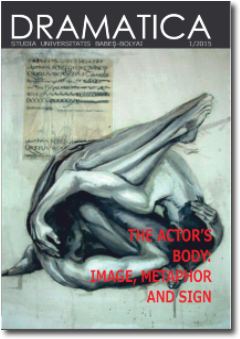
Keywords: body; actor; theatre; training; corporeal expressiveness.
The Actor’s Conscious Body. Even from the first decades of the 20th century, opinions about theatre start turning around the idea that not only the word can be a means of theatrical expression, but also the body. The birth of cinema and television would lead to the conclusion that the existence of theatre is justified and conditioned by sense. Thus the body, thanks to its expressiveness, can create a new language. Exploring the motor function and sensibility of the body will lead to a revaluation of the actor’s professional training and to setting up research laboratories on actor’s work. Actor’s training is required not just as personal preparation for a new role, but also as a discovery of self, self-knowledge, a physical, mental and spiritual plunging into the depth of one’s self. Physical, mental and spiritual training becomes the main activity in the actor’s professional as well as personal development.
More...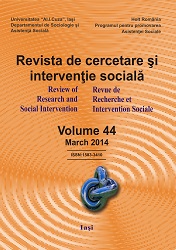
Keywords: vicarious trauma beliefs; secondary traumatic stress; emergency department.
The physicians, the nurses and the paramedics who work in Emergency Medicine are exposed to events that involve human pain. They work to rescue individuals and they have to deal with stressful events, some of which could have a lasting impact. Vicarious trauma, as described in 1996, is a concept used to describe the experience of health workers who develop symptoms of traumatic stress as a consequence of working with traumatized individuals. The purpose of this study was to investigate secondary trauma, in the context of treating human pain. A total of 52 medical staff participated in the study. Scales for measuring vicarious trauma beliefs and secondary traumatic stress were administered to all the participants. The results emphasized the differences between nurses and physicians regarding the symptoms of traumatic stress and the associations between traumatic stress and vicarious trauma dysfunctional beliefs. The results are discussed from the perspective of the impact of work environment on personal well being.
More...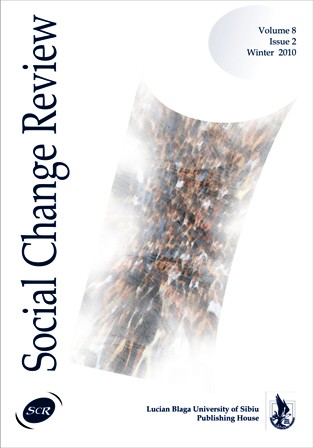
Keywords: Education; Roma; Family; Employment; Tradition
Traditionally, in the Roma family, the woman is responsible for educating the children, from birth to marriage. Thus, she has an educational role of prime importance that helps to ensure the group’s survival, along with its characteristics and traditions. The father teaches his sons the traditional craft. The main purpose of this article is to present aspects of the traditional education provided by the Roma family and to explain the Roma attitude towards school, but also to explain the relationship between traditional education and current occupation of Roma young people. The data collection method used was the semi-structured interviews on 42 people, both from rural and urban areas. It was found that the traditional Roma family provides continuing education based on mutual respect between children and adults without a division between theoretical education and the apprenticeship of roles in the family. The family also provides the economic discipleship, as the child learns ways to support his family. It was noted that for Roma living in urban and rural areas, schooling is not particularly important. However it was also noted that they have changed their way of thinking to some extent, because they realize that it is very important to know how to read and write. Regarding the current occupations it can be argued that, in general, Roma young people develop economic activities that imply some degree of independence. We observe an attitude of rejection towards income-generating activities that involve compliance with a fixed schedule, inclusion in a group of colleagues and strict conditions in the workplace.
More...Keywords: The article has been withdrawn;
The article has been withdrawn.
More...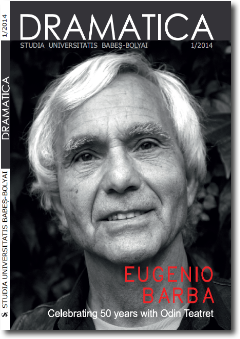
Keywords: fracture theatre; poetics; training; personal justification; theatre-school; school of theatre; conceptual pedagogue; master; ethics; renewal.
Inspired by the tournament of Eugenio Barba and Odin Teatret in Cluj (2012), the present paper discusses the principles of existence of the “Third Theatre”, in order to emphasize Barba’s conception on the “paradoxical pedagogy” of the actor. On these grounds, the article focuses on the possible relationships between the formation of the actor in Barba’s theatre-school and in the school of theatre belonging to the academic system.
More...Keywords: valuation; valuation bases; national accounting regulations; international accounting standards.
Financial statements represent the main source of information for a large number of users. These statements are quantified by value, based on valuation principles and methods. The value can vary în time and space, being influenced by the objectives of investors and managers. în this paper we made an analysis of the current means for valuating the elements of balance sheets, according to the national accounting regulations. We also describe the concepts of accounting valuation and estimate, with a special emphasis on comparisons between the main valuation bases that are currently used, respectively historical cost and fair value, with its practical applications.
More...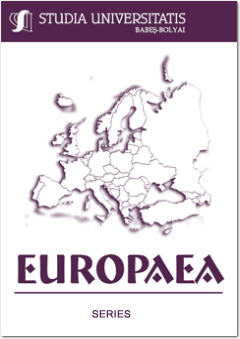
Keywords: Romanians; Hungary; Treaty of Trianon; assimilated.
The considerations on the history of the Romanians in Hungary provide the image of a community almost assimilated today, with a population share that has been continuously decreasing after the Treaty of Trianon. In the ’90s only the number of the Romanians in Hungary fell be 25% and the trend has continued even after 2000. The destiny of the Romanian community has always assumed a persistent struggle to preserve its investigate aspects of the history of this community were doomed to failure. The present research introduces us to some very interesting conclusions on the history of the Romanians in Hungary, and even offers a series of projections on its future, a future that several present leaders of the community do not see in very bright colours.
More...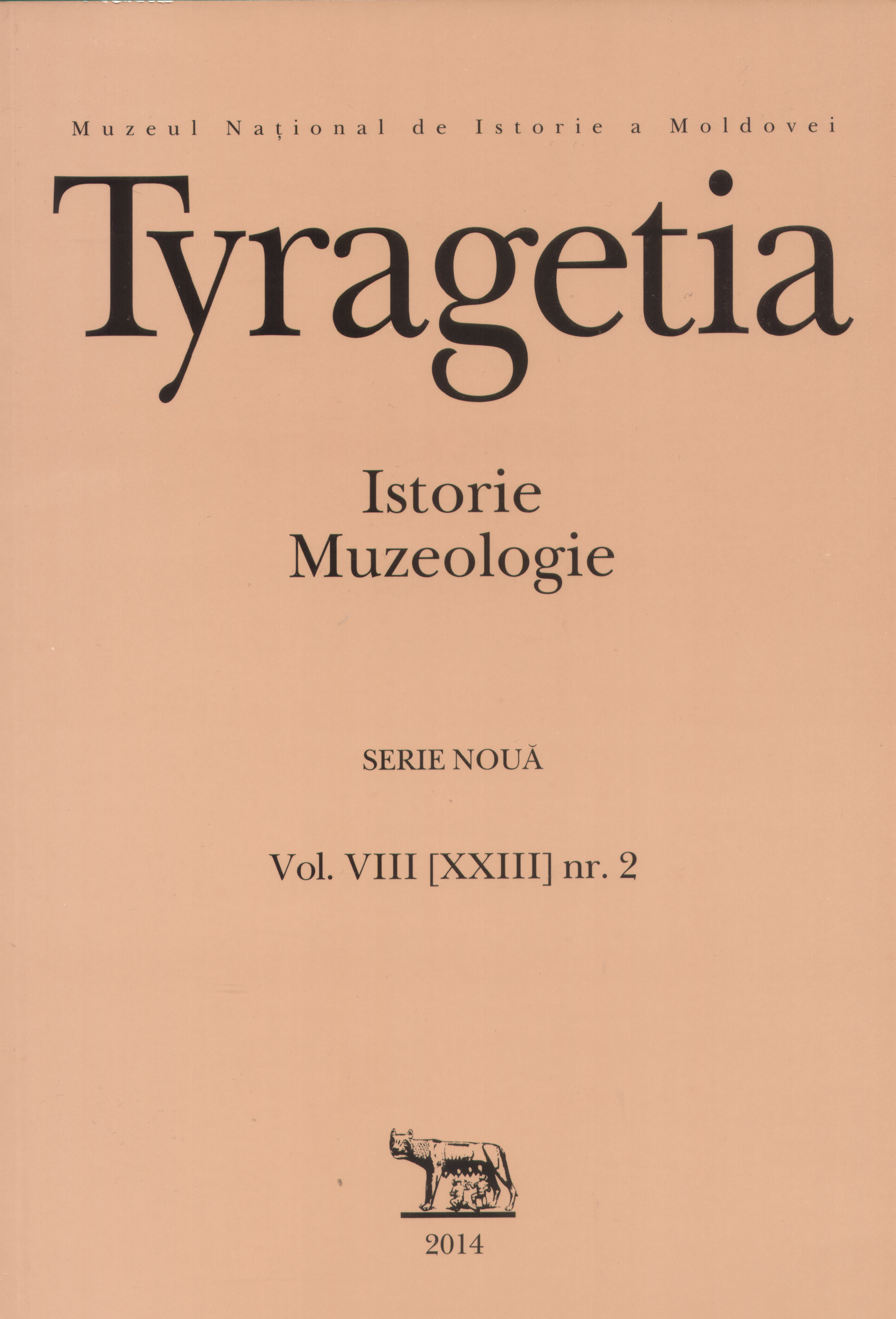
Keywords: Bessarabia; Gavriil Bănulescu (Bodoni)
The investigation is made in a historical, geographical and religious context, it detects differences and corrects errors that appeared over time. After two centuries since the founding of the Diocese of Chişinău there is no clear evidence that its founder, Gavriil Bănulescu (Bodoni), was a Romanian. The conclusion we proposed is the possibility that Gavriil might be of Little Russian origin, from Galicia situated on the border with Transylvania and Bukovina. In Galicia there are two rivers called „Bystrytsya”, which merge into one behind the Ukrainian city of Ivano-Frankivsk and flow into the Dniester, so that the confusion with the Bistriţa River in Transylvania is possible. Another argument is the fact that the Callimachi family, with which Gavriil claimed to be related, originates from Dovgopillya on the Cheremosh River. Those who wished to complete Gavriil’s post-mortem biography have confused the Bistriţa in Transylvania with the Bystrytsya in Galicia. The family name should be just Bodoni, as his contemporaries mentioned it. In assessing the life and work of Gavriil is no longer necessary to accumulate historiographical ballast, and the activities for nationalist „recovery” is harmful.
More...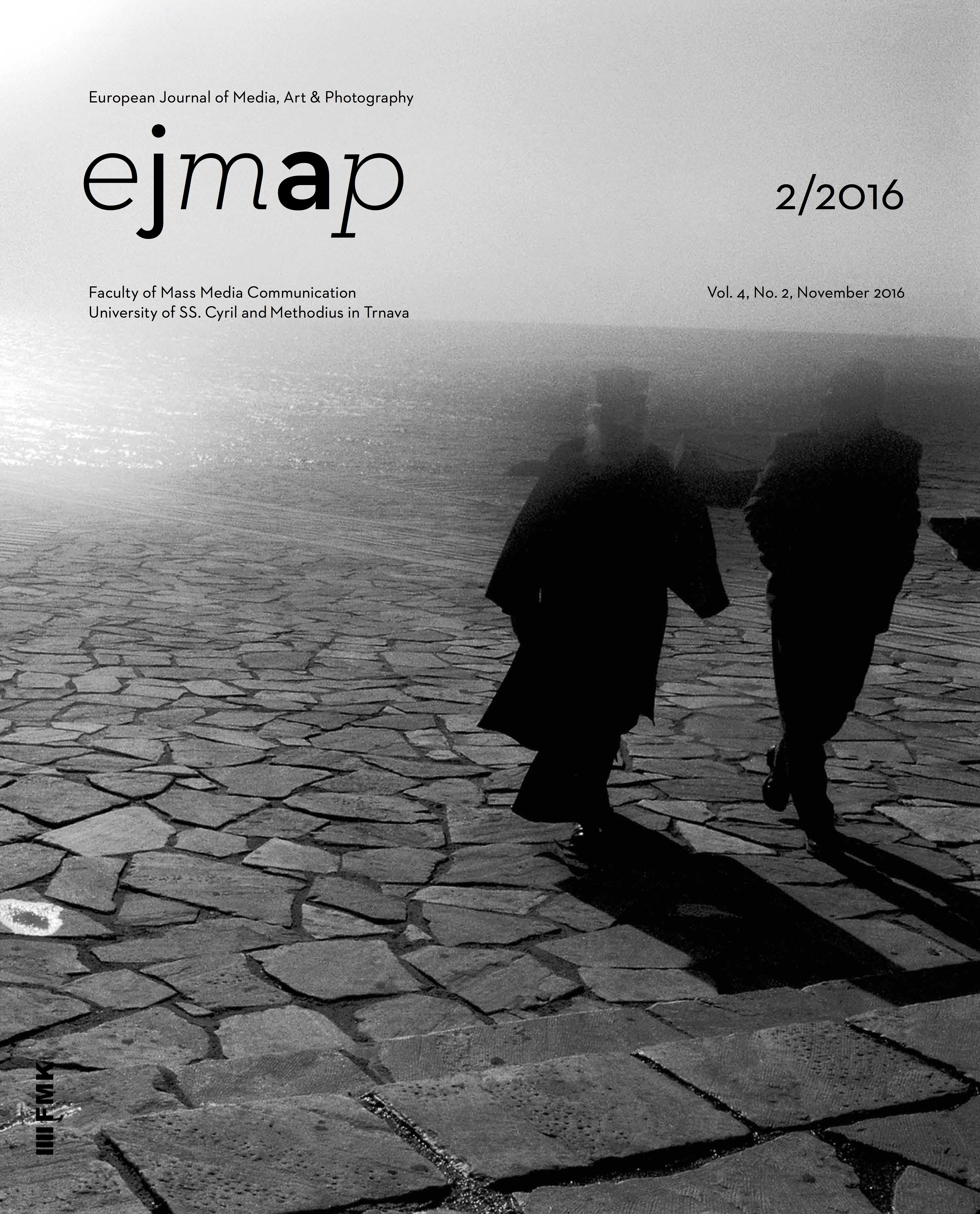
Keywords: Early chalcolithic;lithic technology;lithic typology
The paper presents, in detail, the investigations on the chipped stone assemblage discovered, during archaeological excavations, in the early Chalcolithic settlement at Isaiia ‐ Balta Popii. The technological and typological analysis of the entire collection was accomplished taking into account the various raw materials that are its constituents. In the case of the raw material with the greatest frequency – the flint from the Moldavian Platform –,artefacts coming from all phases of the debitage are certified. The results obtained for Isaiia were then compared with those from other Precucuteni II ‐Tripolje A sites, highlighting the existence of technological and typological elements common for the lithic industries of the early Chalcolithic in Eastern Europe (North‐East of Romania, Republic of Moldova and Ukraine)
More...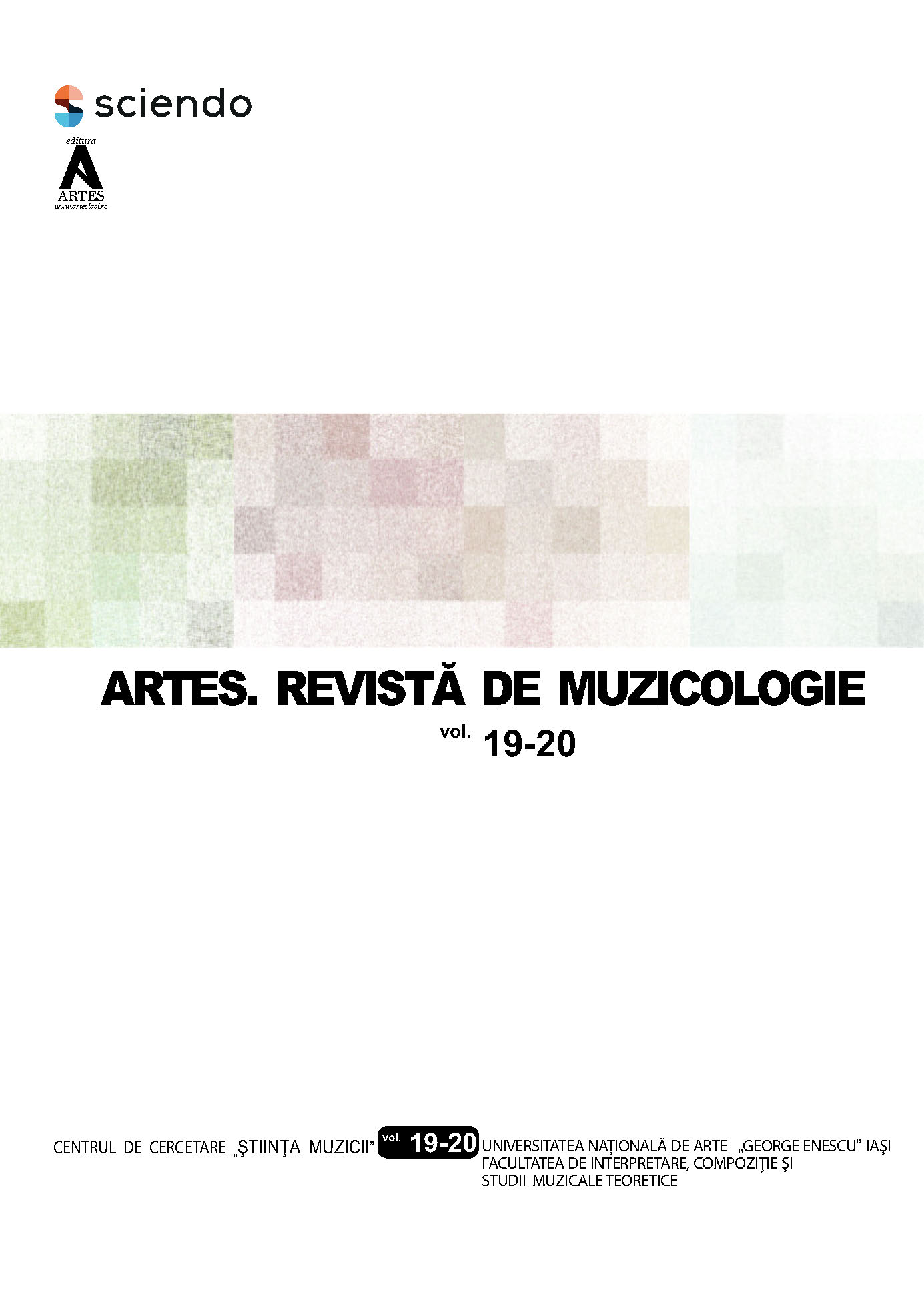
Keywords: muzică de cameră; influențe jazzistice; compozitori ieșeni; aspecte stilistico-interpretative;
Muzica de cameră a fost întotdeauna un gen predestinat unui anumit public. La confluența secolelor XX-XXI interesul față de acest gen, atât al compozitorilor români, cât și cel al compozitorilor basarabeni, a crescut ȋn mod deosebit. Deoarece conceptul de muzică de cameră a evoluat de-a lungul timpului şi a oferit mereu posibilitatea de a experimenta, acest fapt s-a reflectat, în primul rând, şi în componența ansamblurilor realizată ȋn prezent prin asocierea unor instrumente eterogene din punct de vedere al construcției și al timbrului. Căutarea unor noi modalităţi de exprimare, a unor noi procedee stilistice şi noi sonorități, dorința de a utiliza noi procedee de emisie sonoră constituie o acțiune continuă a compozitorilor, prin a căror contribuții componistice repertoriul formațiilor camerale este ȋmbogăţit frecvent. Ȋn acest sens, un rol semnificativ în creația compozitorilor Sabin Pautza, Romeo Cozma (România), Oleg Negruța (Republica Moldova) îl are influența jazz-ului. Articolul se axează pe creații, în genul muzicii camerale cu influențe jazzistice, semnate de autori ieșeni. Scopul este de a realiza atât o prezentare de ansamblu, cât și o analiză structural-interpretativă a unor creații incluse în repertoriul personal, care a fost de facto unul dintre criteriile selectării. Obiectivele cercetării sunt: evidenţierea particularităţilor de gen şi de stil ale creaţiilor contemporane; relevarea aspectelor interpretative ale lucrărilor, propunând unele sugestii și recomandări personale. Deși lucrările selectate au fost compuse inițial pentru alte instrumente și interpretate în public, ele nu au constituit până în prezent un subiect de cercetare și, prin urmare, nu au fost analizate.
More...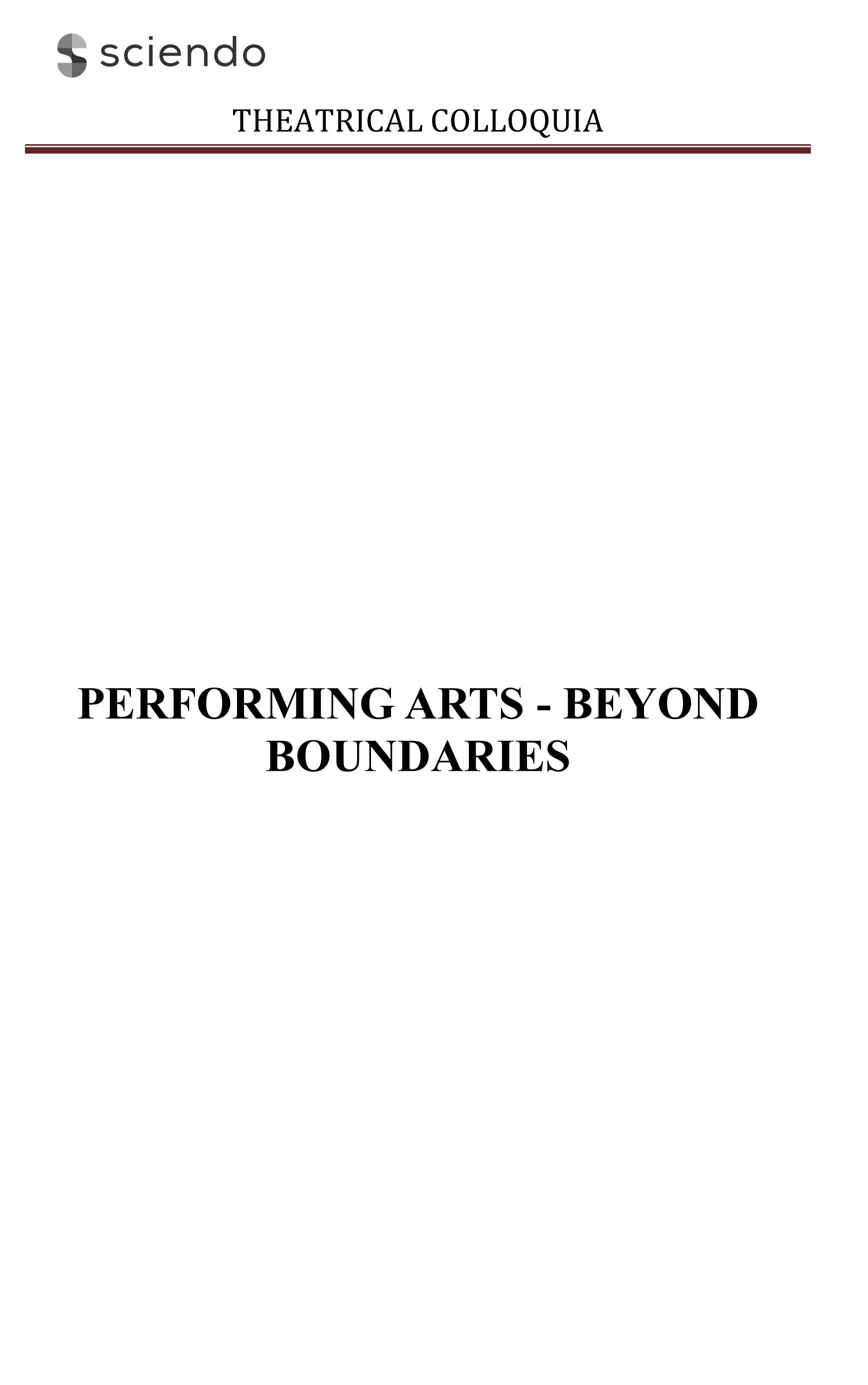
Keywords: limit; beyond limit; theatre; existence; art;
This paper intends to deal with the problem of transcending the limit from the performing arts perspective. To achieve this goal, we proceed to an analysis of the concept of limit from both philosophical and theatrical perspectives. There is a wide range of possible definitions of limit as the concept in itself turns out to be ambiguous. To reflect upon different ways of surpassing the limit firstly requires the identification and investigation of the meanings of the concept of limit which is to be surpassed. Some examples of going beyond the limit in the theatre are briefly reviewed.
More...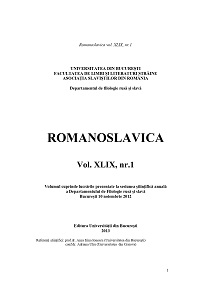
Keywords: Bulgaria; Old Bulgarian literature; medieval literature; bogomils; bogomilism; Presbyter Cozma;
The Bogomilism is the most powerful heretic movement in Bulgaria during the Middle Ages. It starts in Bulgaria at the beginning of the 10th century. The initiator of this movement is the Bulgarian priest Bogomil. In the second half of the 10th century, the Bogomilism became a very influential and powerful movement and czar Peter will take measures against them. The Bogomils are driven away from the country. They take refuge in the Byzantine Empire, Serbia, Bosnia, Hercegovina, but also in the West, where we found them under different names: “cathari” in Germany, “albigensi” in the south of France, “patarini” in Italy.
More...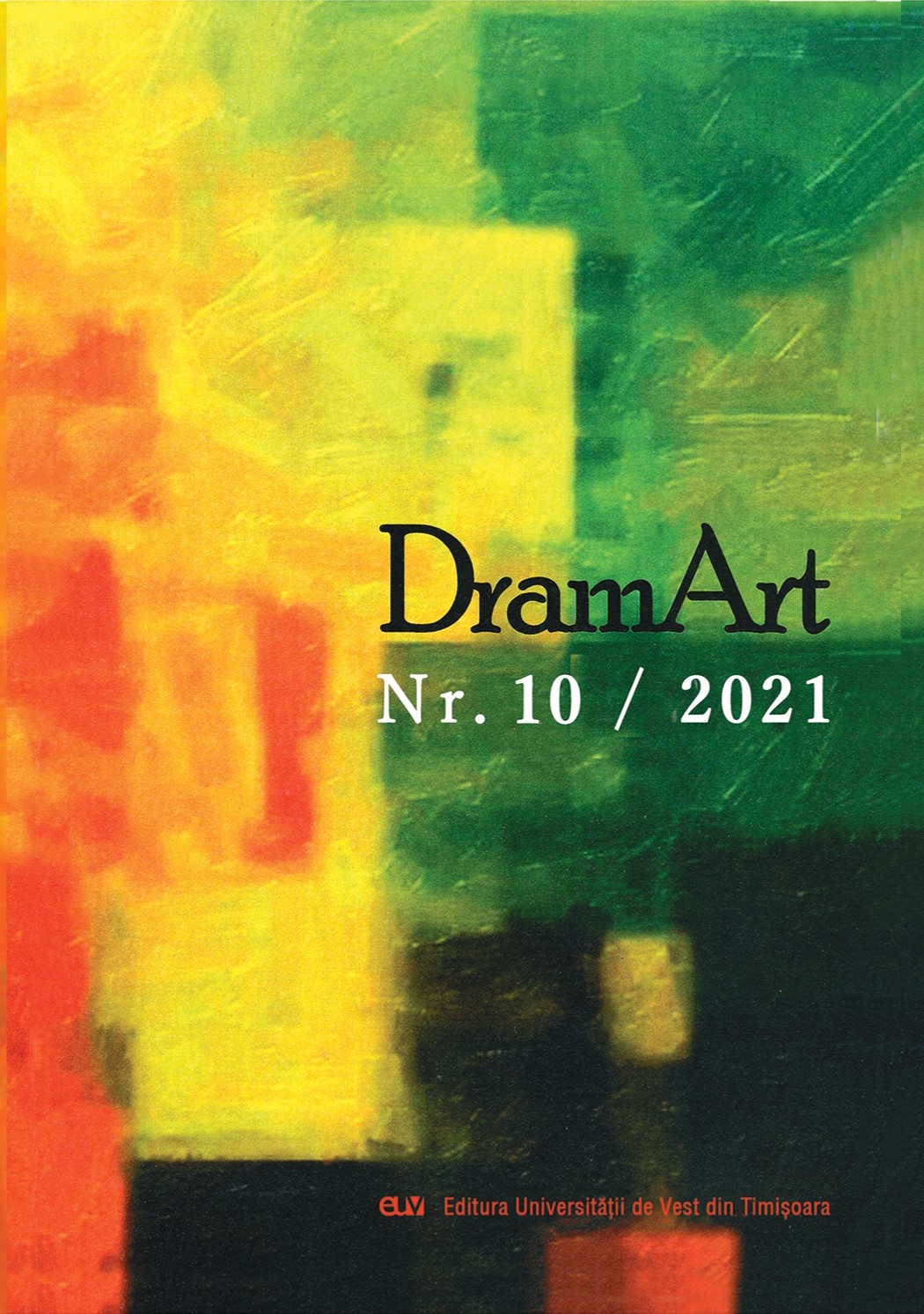
Keywords: aurality; performance; visuality; speech; narration;
The present paper puts into discussion the aspect of stage aurality from multiple perspectives. In this regard, stage aurality is treated in conjunction with the visual aspect of the performance. At the same time, the study focuses on the aural and semiological analysis of the dimension of stage speech. Considering the role of the director in creating the aural architecture of the performance, the study investigates also the narrative aspects of stage aurality. In conclusion, the analysis undertaken notices the way in which the aurality contributes to the unfolding of the scenic actions from the perspective of the spectator considered witness to the scenic events.
More...Keywords: stage movement; stage thinking; situation; what if; physicalization; impulse; scenic time; stage rhythm; significant gesture; facial expression; mirror neurons; actor/choreographer training;
The following study represents an incursion into the main directorial trends of stage movement in the performing arts. Starting with Andrea Perrucci and up to Anne Bogart the way in which the concept of stage movement is perceived evolves in different directions. The main operating methods used in the development of stage movement within the artistic creative workshop of the concept that is performing arts can be found within oneself (the physicalization of thought, imagination, stimuli, the “what if“ question) and on the outside (physical reaction, topography, slow motion effect). The directorial approaches proposed for the creation of a character from a technical point of view are different but not without use as they do not exclude each other, instead they morph according to the needs of the person during the creative process.
More...